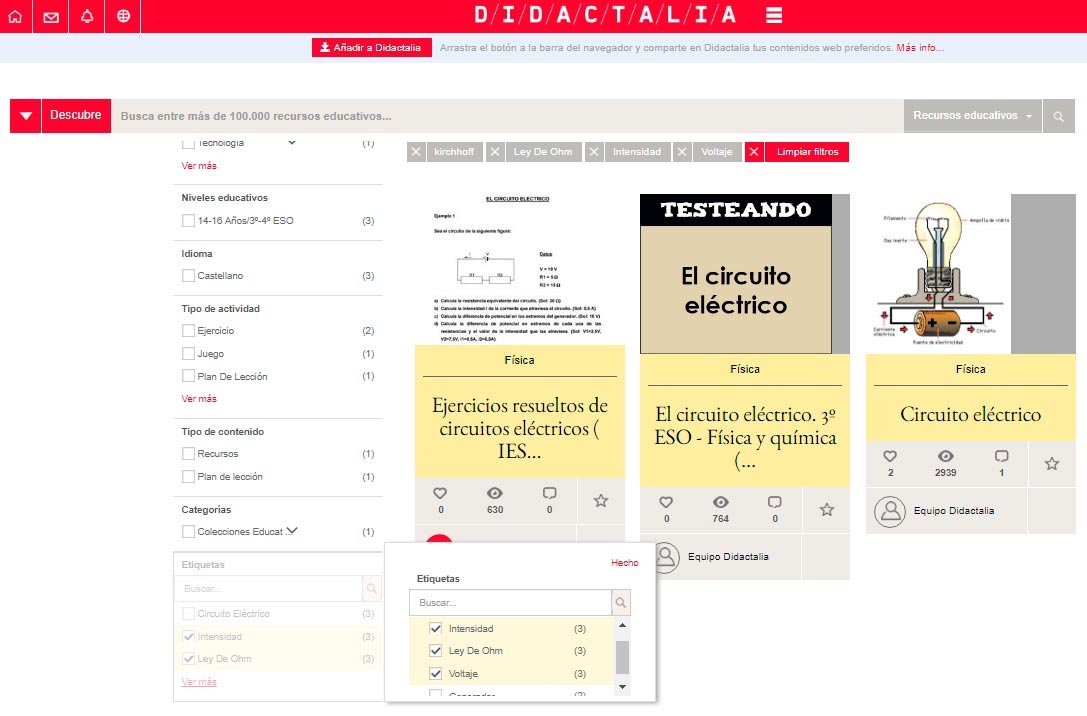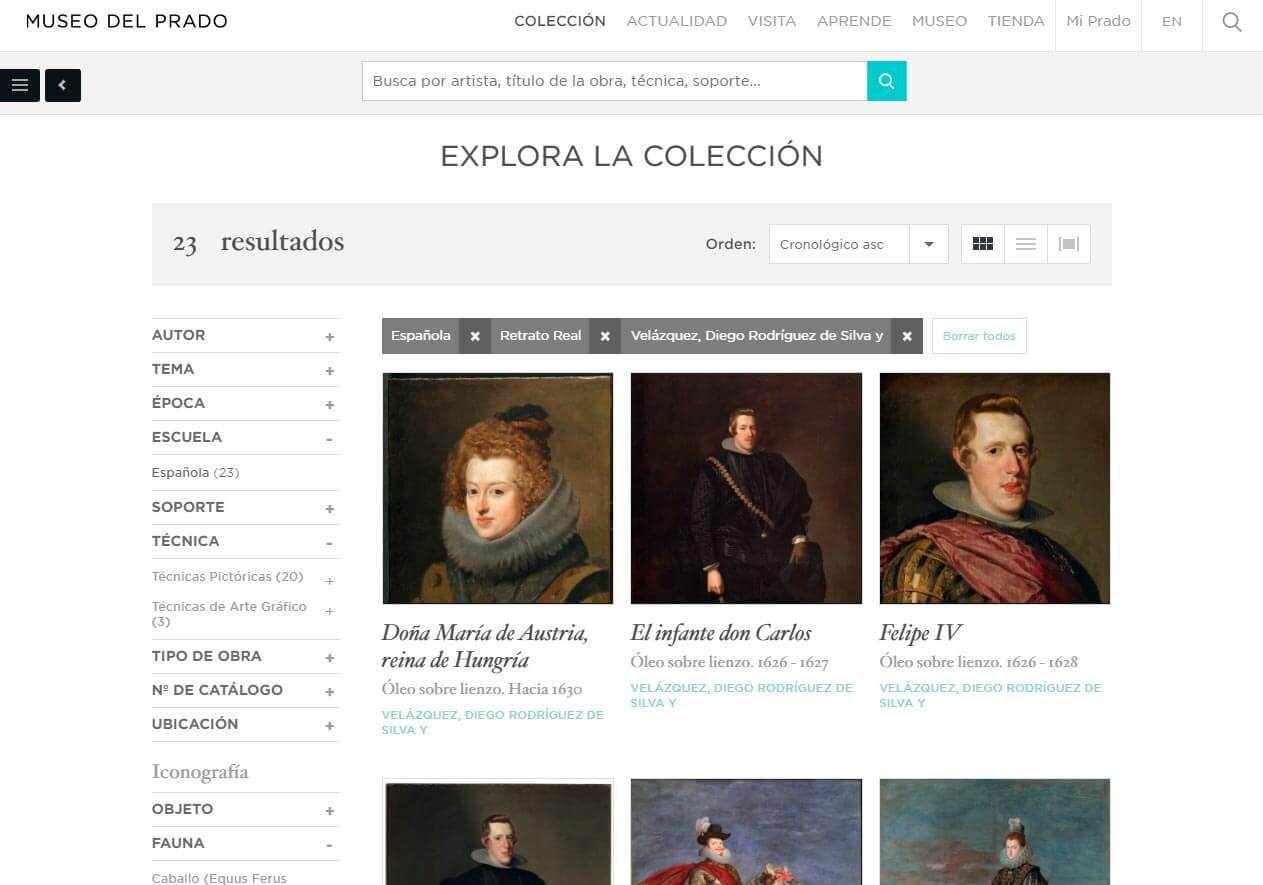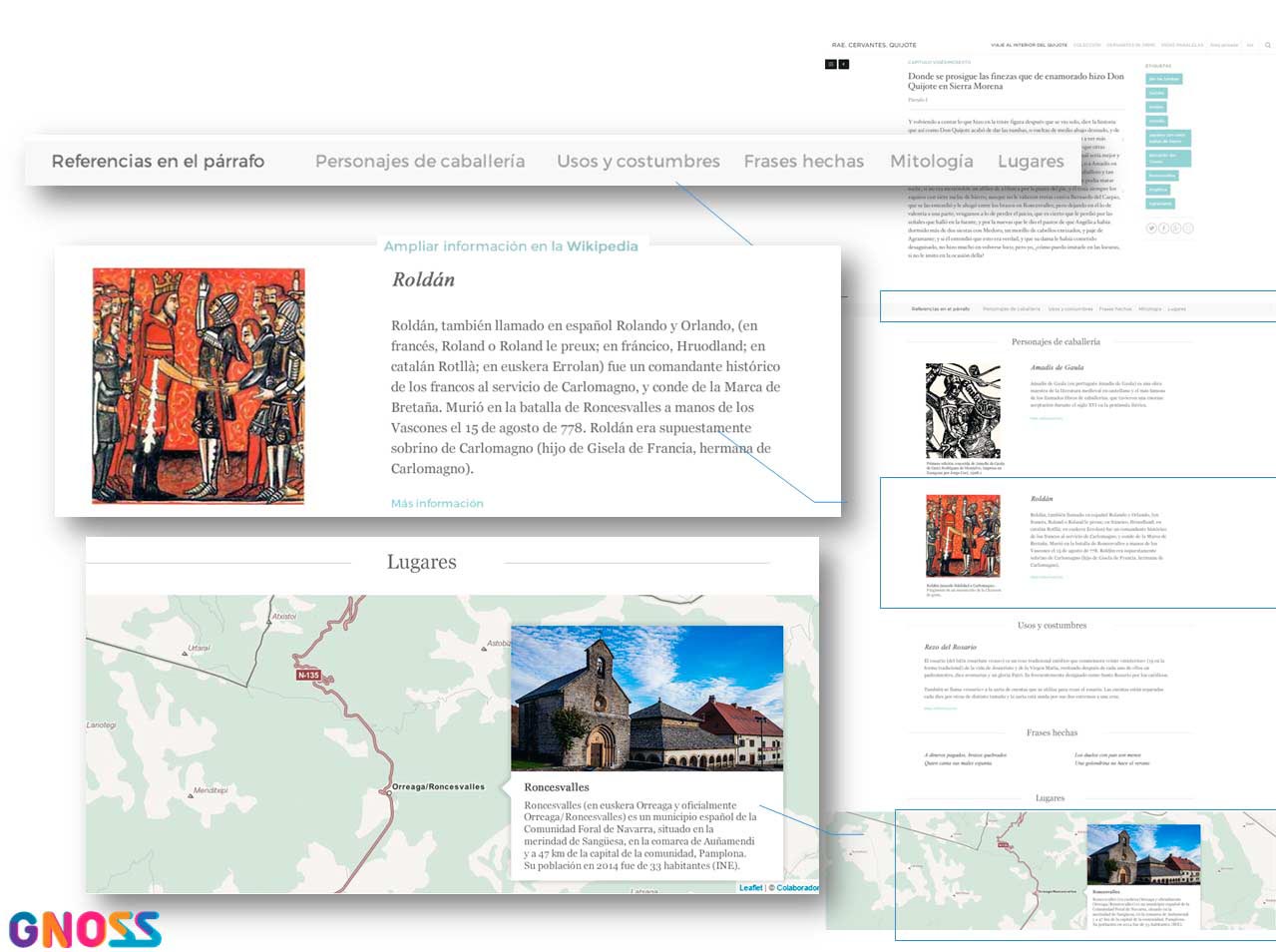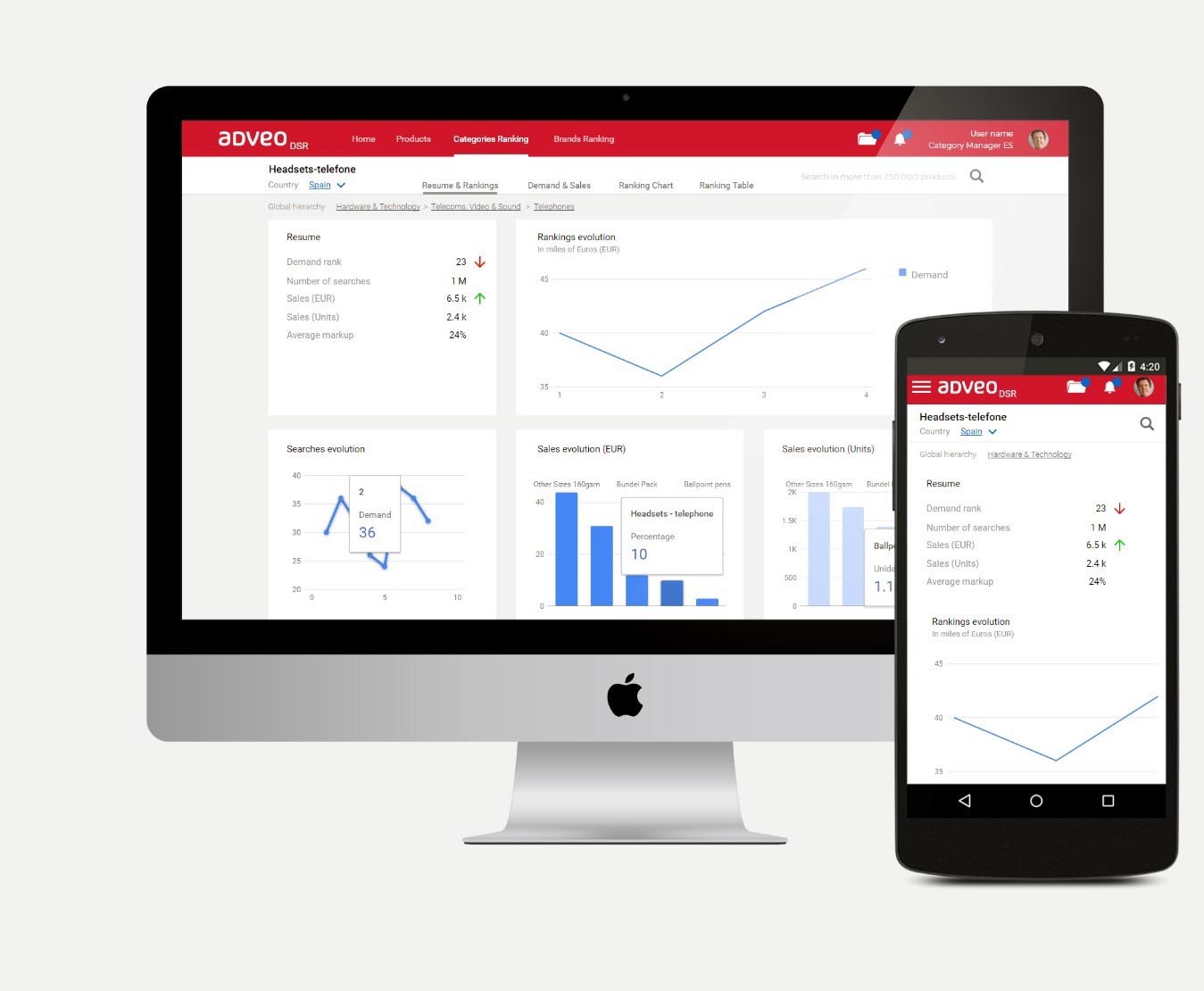gnoss semantic ai platform: discovery, reasoning and analysis
Efficient searches, enriched information and advanced recommendation systems
A searchable Knowledge Graph
True innovation takes place when ideas intersect with other ideas, issues, concepts, people and places in new ways and take advantage of machines’ novel abilities to provide us with context and make us more intelligent.
GNOSS integrates and unifies isolated and heterogeneous information from diverse systems together with information produced by platform users.
Semantic search
The GNOSS search engine is based on the use of Semantic Web standards (which capitalise on the enhanced expression and extensibility of the data contributed by these standards), meaning it can build powerful, flexible and evolving query systems for people. Our efforts are centred on providing the best possible knowledge discovery experience for our users by offering the best engine for searching contextualised, organised enriched resources that machines can query within a Knowledge Graph framework.
With GNOSS, query results become paths of discovery and learning. GNOSS saves time and increases organisational productivity. GNOSS is a cognitive software program that amplifies the human capacity to meaningfully explore, discover, find, interpret and connect information by applying the power of systems.

Faceted search interfaces
Searchability is an important feature of Knowledge Graphs generated by GNOSS. Searchability means that a metasearch engine and specific faceted search engines can be configured to exploit the attributes of each entity represented in the graph: people, organisations, places, news, events, reports, multimedia resources, users, and more.
The faceted search engines generated by GNOSS avail of features including:
- - Filters or faceted navigation based on the properties that specifically characterise the results displayed. (E.g. If the subject matter is artwork, these might include artist, period, style, school, technique, etc.).
- - Refine your search; every possible filter or facet value is a refinement option, and they will always get results.
- - Emulation of human reasoning and conveyance of control and responsibility for the search to humans.
This set of features makes the search engine a tool for training and learning all on its own

Contexts and enriched information
One of the benefits of machines “understanding” content and digital resources is the ability to link data to each other and, by doing so, generate both meaningful contexts for information and information enriched with relevant contexts.
The GNOSS Semantic Context Generation System exploits semantic graphs (graphs expressed through RDF files). It is capable of dynamically generating enriched contexts based on the data contained within the graph or on data contained in external graphs (as long as they are represented in line with Semantic Web standards).

NER-Based Recommendation System
Named Entity Recognition (NER) -based Recommendation System technology is built upon the registry and expressive representation of the user’s intentional behaviour in relation to the entity set within a Knowledge Graph.
They are designed to give personal recommendations based on the knowledge of the user’s behaviour and preferences. These recommendation systems excel at detecting emergencies whereas NotNER systems (systems based on predictive statistics instead of entity recognition) do not.
GNOSS makes it possible to develop and tailor NER Recommendation Systems to your company’s needs.

Semantic Analytics & Visual Data Browsing
Generating a Knowledge Graph enables the development of non-administrated querying and reasoning processes for its set of linked and aggregated entities. That means you can both analyse aggregated data and discover knowledge hidden in the relations between data, which could emerge with appropriate reasoning resources.
When you build a Knowledge Graph, all the possible consultations live implicitly within it. Querying the graph is not just a method of discovering knowledge while you search. It is a system of finding any information that could be interesting. By incorporating data visualisation systems such as graphics and charts, GNOSS can help build an efficient non-administrated Business Intelligence (BI) system, plus a real-time information analysis system geared toward decision-making.
Data ➯ Knowledge Graph ➯ Information Analysis and Decision Making

GNOSS Semantic Search Plug-ins
GNOSS API together with Entity Extraction and Automatic Labelling make it possible to effortlessly integrate Knowledge Graph exploitations into any existing CMS and collaboration system.
It is also easy to incorporate GNOSS discovery and Semantic Search functions on these platforms using GNOSS API REST. Working with WordPress, Drupal and Sharepoint is especially simple because we have developed specific plug-ins just for them.

GNOSS Semantic Framework for Developers
All of these tools for exploring Knowledge Graphs can easily be configured via GNOSS configuration and administration interfaces. Just like that, your analysts and developers will be able to configure both the behaviour of faceted search engines (such as: which attributes can be indexed for the search, which filters to present and their behaviour, how the auto-complete function on the search should work, which data to present in the search results...) and the analytical and recommendation system rules and their behaviour.

